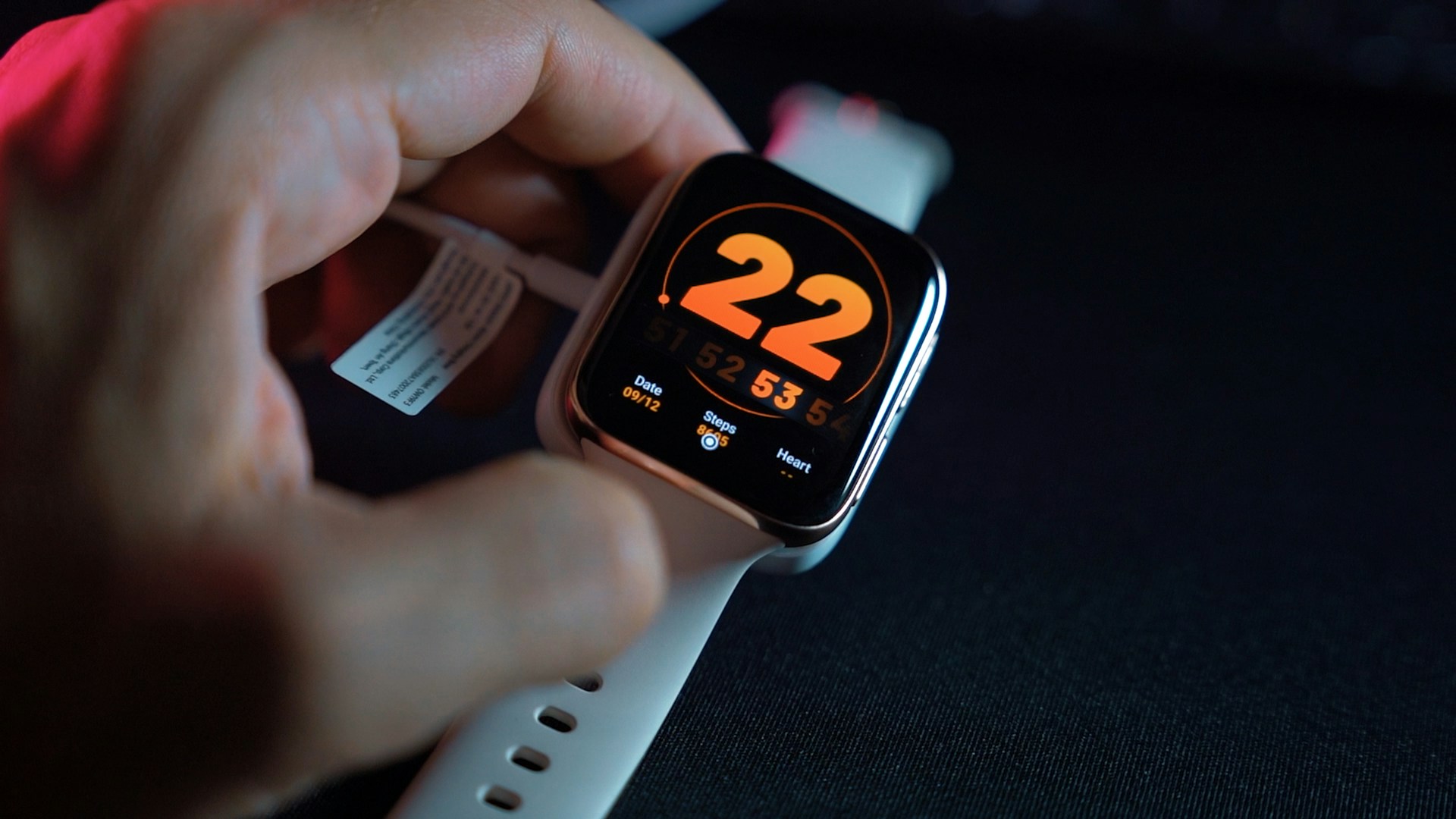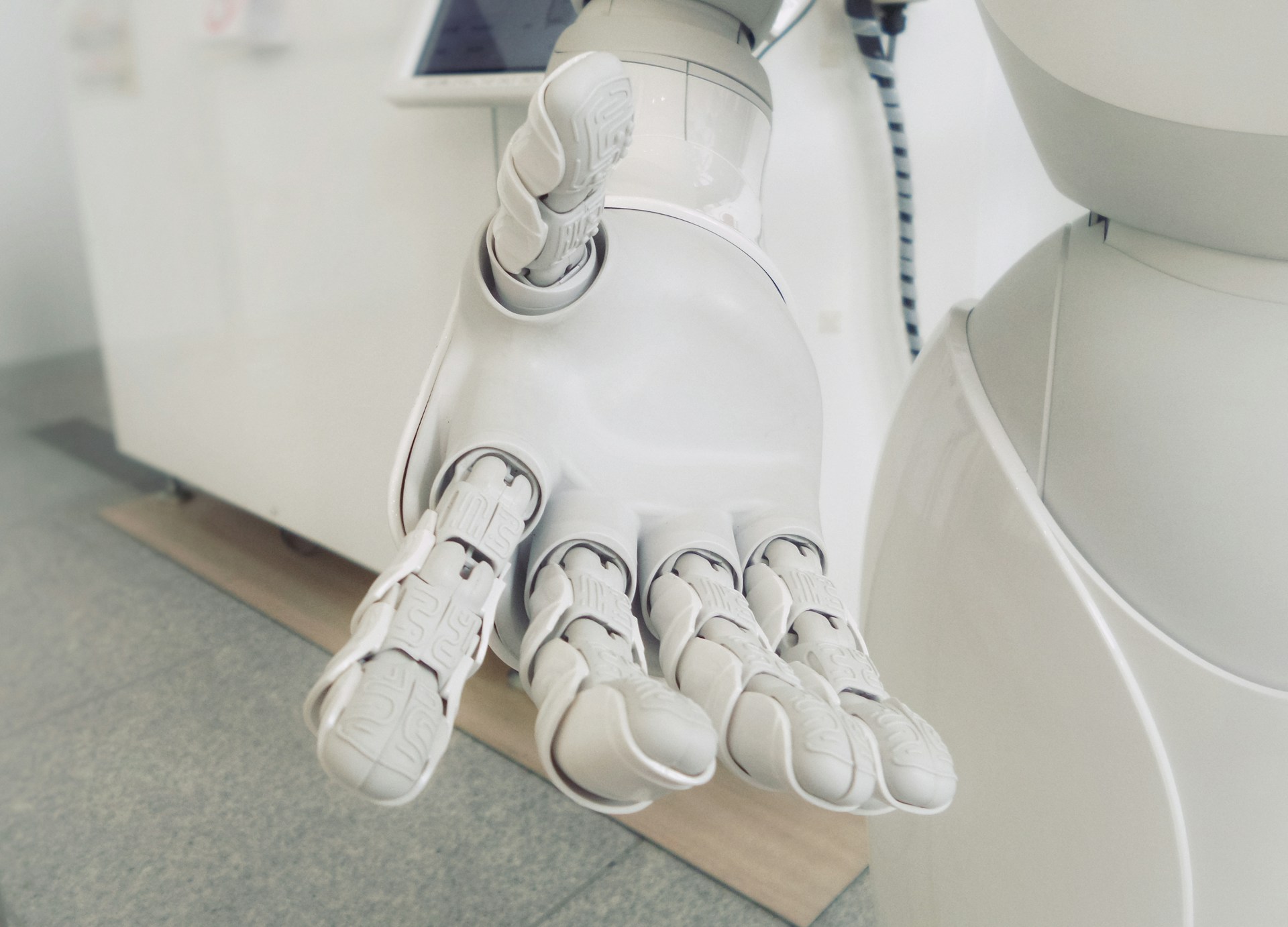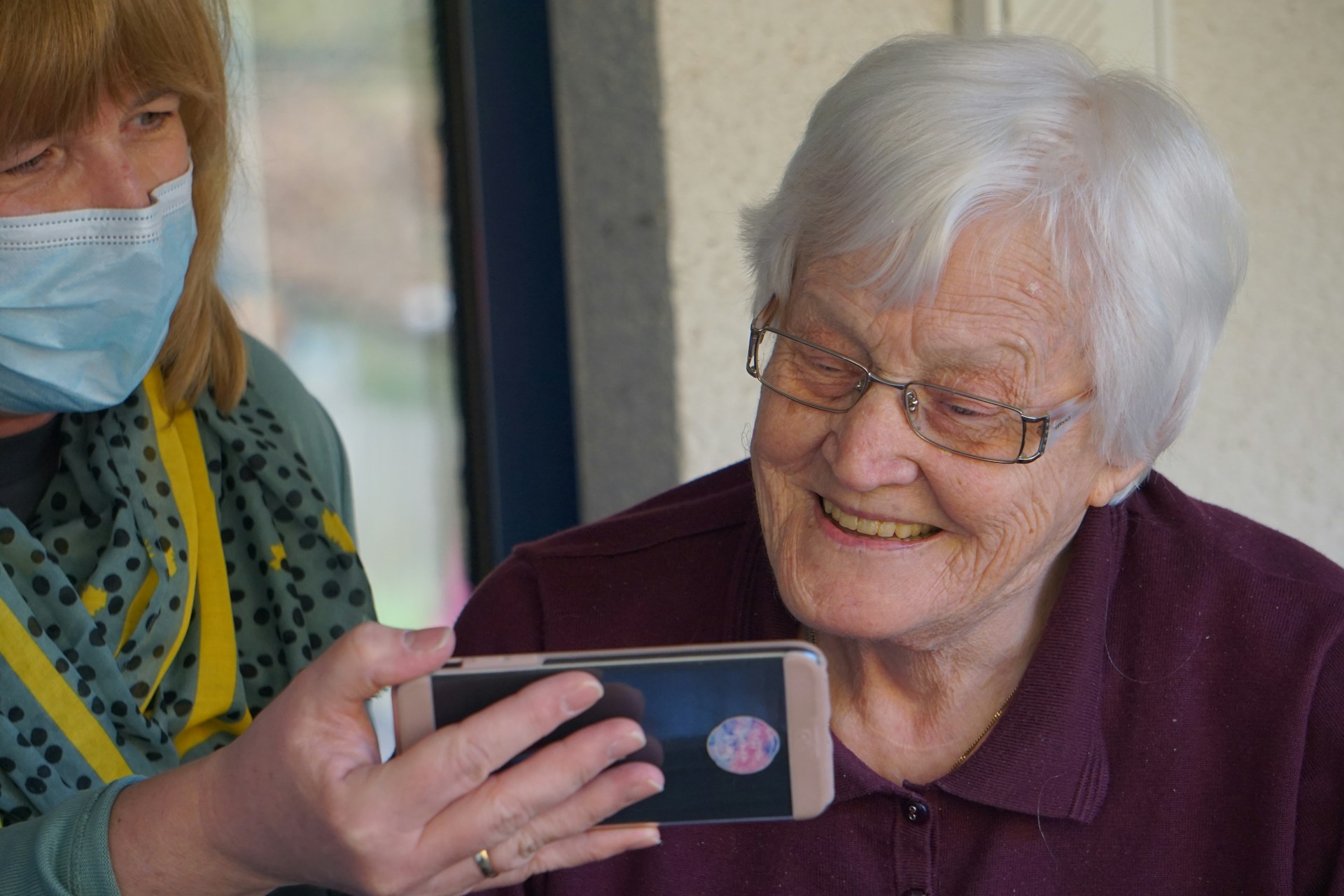Technology is a beautiful thing that can benefit humanity. It continues to reshape every aspect of our lives, including how senior citizens care for themselves and function in society.
There is plenty of innovation in the active-aging field. The US active-aging industry, which includes smart living technologies, health care, safety devices, and wellness tech, is worth about $30 billion.
In 2024, seniors have a better chance of living longer, more independent, fulfilling, and connected lives. We are at the dawn of the longevity economy. Those aged 50 and over have surpassed children under age 15 for the first time. The global population continues to grow. We will be adding 1 billion to the world population by 2040.
However, instead of the youth or children driving the change, older adults will be at the forefront, specifically those extending their lives well over 50. The 50+ age group will be 800 million strong.
Four years ago, the over-50 population contributed $45 trillion to the total global GDP or 34 percent. Today, older adults are responsible for 42 percent of total spending worldwide. Their contribution to wealth and the economy is only expected to rise. Thus, senior citizens are not the passive segment of the population we think they are but a vital part of our evolving society.
Given the power of the older population, it makes sense to continue developing modern technology to empower older adults. Here, we've built a concise guide to the top technologies that make life better for savvy seniors.
Top Technologies Empowering Seniors in 2024
Old age comes with blessings as well as limitations. However, technology is bridging the gap between age and functionality. The following technologies are helping seniors become more fulfilled, independent, and productive:
Wearable health tech
Wearable health tech is essential for senior safety and care. Some companies call it "connected care," developing wearable devices that improve patient health and wellness.
For example, bands and watches provide a subtle way to monitor accidents like falls. They also track vital signs like respiratory rate, oxygen saturation, and heart rate. In addition, they can measure physical activity and assess sleep quality. Wearables also perform the valuable function of creating medication reminders for seniors.
Well-designed bands accommodate a wide range of activities, such as sports. They are sweat-proof and water-proof and can be worn 24/7. Some come with a call centre ready to dispatch emergency services.
Loved ones can gain access to seniors’ historical readings, fall alerts, nutritional information, and streaming vitals.

Photo by Onur Binay on Unsplash
Mobile devices tailored for seniors
Many might not be aware of it, but seniors-friendly hardware is already in the market. Companies have designed smartphones and tablets specifically for the 50-plus demographic.
Examples include Jitterbug Smart 3 and 4 and the Grandpad. They specialize in simplified interfaces with large icons, readable text, special voice commands, and emergency response features. The Jitterbug is hearing aid-compatible and uses 4G LTE.
Enhanced connectivity
Senior-friendly devices must come with reliable connectivity to perform their tasks well. An AARP Consumer Cellular plan is an attainable, no-contract mobile phone service tailored to the needs of older adults. It's budget-friendly and reliable. Moreover, it's compatible with devices offering crucial features such as hearing aid compatibility.
Home automation technology
Home automation or smart home technology enables seniors to maintain independence. It also creates an environment of safety and comfort within the home.
Smart home devices automate daily tasks. They can adjust thermostat settings, turn lights on and off, and secure doors. Voice-activated assistants make everything hands-free. Technologies like Google Nest and Amazon Echo are at the forefront of smart home management.
Smart home technology can be crucial for seniors experiencing mobility problems or cognitive decline. In addition to basic home functions, smart home tech performs health support tasks. Some apps have medication alert functions that assure timely compliance with prescriptions.
More advanced concepts involve medication dispensers that further eliminate the complexity of managing multiple prescriptions, improving overall health outcomes.
In addition, smart sensors can prevent accidents like falls and detect other emergencies, automatically alerting emergency services or caregivers.
Devices like the Google Nest Protect smoke alarm and carbon monoxide detector have a split-spectrum sensor that detects fast- and slow-burning fires. Google Nest sends alerts to your phone when it detects smoke. The carbon monoxide (CO) detector is especially valuable when caring for seniors, as CO is an invisible and poisonous gas.
Cognitive stimulation and neuro-rehabilitative VR devices
Virtual reality technology is not only for hobbies, gaming, or entertainment. It has attained practical use in physical and occupational therapy and rehabilitation medicine. VR offers unique opportunities for seniors, giving them opportunities for remote social engagement. It can also be a tool for physical therapy.
As mental decline is a common concern for seniors, cognitive therapy becomes critical. VR devices offer new avenues that promote mental stimulation to prevent a loss of independence and improve quality of life. They can simulate trips to a museum, create interactive education programs, or provide exercise routines that entertain and improve mobility.
Moreover, VR tech can be used in physical therapy for senior citizens with chronic pain or recovering from injury. Immersion in a virtual environment can motivate seniors to participate in guided activities that improve their strength and balance.
Seniors who have suffered a brain injury, such as a stroke, can benefit from neurological rehab products. Those with neurodegenerative diseases or spinal injuries also target patients for such VR programs. The technology is tailored to each condition. These VR products develop exercises for a patient's therapeutic needs and capabilities through machine learning.
The VR device records physiological and kinematic responses, tracking the patient’s progress. The entire process is gamified, providing unique incentives for seniors to stay with the program longer. Patients are engaged in virtual worlds to help them rejoin the real one. One scenario, for example, puts that patient in a grocery store, giving them a list of items to pick off shelves.
Telemedicine and health monitoring
These days, in-person visits to the doctor can be optional. Videoconferencing technology is more than just for boardrooms. It's perfect for healthcare technology. Doctors can efficiently conduct virtual consultations unless it is necessary to see the patient in person.
Telemedicine facilitates the delivery of valuable health care to seniors in remote locations with limited access to specialists. It also helps those with limited mobility.
With telemedicine platforms or apps, geriatric patients can receive medical advice without needing difficult, lengthy, or costly trips to the hospital. It avoids transmitting infectious diseases through hospital visits and physical consultations—a crucial benefit for immunocompromised seniors or during outbreaks.
Telemedicine also has the advantage of speed. When doctors can provide advice and prescriptions remotely, it accelerates the delivery of crucial services to those needing urgent care. It is remarkably cost-efficient, reducing the transportation, support, and caregiving costs associated with repeated physical visits.
Robotic companions
Isolation and loneliness significantly contribute to cognitive and general health decline among seniors. Robotic companions, such as pet simulation programs, provide support and companionship. Other robots engage seniors cognitively, drawing them into conversations and helping them with daily tasks.

Photo by Possessed Photography on Unsplash
AI-powered health assistants
Several new artificial intelligence (AI) health assistants demonstrate AI's more significant role in seniors' health support. They provide personalized health monitoring, learning from user data to offer more tailored support over time. They also provide essential support like appointment reminders and medication alerts.
Tap Advanced Tech To Empower the Older Generation
Whether you're a caregiver or a savvy senior who wants to make the most of your golden years, advanced tech paves the way for a better life. We live in a time when we can no longer take senior support tech for granted. Older adults make up a significant and expanding segment of our global population.
Advancements in health tech, AI, robotics, VR, smart devices, mobile technology, connectivity, and wearables are all integrated to create a safe, nurturing, and empowering environment for seniors. Many such devices and technologies are making medical care more accessible and cost-effective. Faster connectivity—4G, 5G, and even 6G—enables more data to course through the web, making real-time health and safety monitoring.
Seniors and their families should make the most of what's available to increase mobility, independence, and quality of life. Moreover, they must stay informed about new developments to help them create environments and systems that enhance their lifestyles and well-being.













